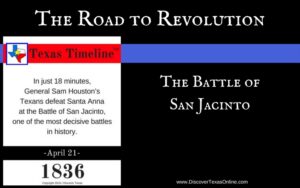(This is Part 2 of a series based on my homeschool conference presentation, “Raise Your Child in the way HE Should Go”.)
Children learn in three basic ways: Visual, Auditory, and Physical.
Most of us show a strong preference for one of these learning styles over the others. Let’s look at the traits of each learning style, and in the next post we’ll look at tools for teaching methods to your students’ strengths.
Visual learning traits
- Learn and retain best what they see.
- Tend to be prolific readers, though they may not read quickly because…
- they visualize the images and scenes while reading.
- Think in pictures and patterns.
- Are attentive, keen observers.
- Pick up on body language and facial expressions.
- Have and excellent grasp of direction and spatial orientation.
Auditory learning traits
- Would rather attend a lecture than read a book…
- though they enjoy stories and benefit from reading aloud.
- They may even read aloud to themselves or subvocalize to reinforce as they read.
- Written information may not “stick” until heard.
- Use rhythm and repetition for retention.
- Pick up on underlying meanings in speech (subtext) through cues in tone of voice, pitch, and nuances.
- May find background noise distracting OR it may help them focus.
Physical learning traits*
- Learn and retain best by doing or when active.
- May be small muscle/tactile learners (need to feel or work with their hands), OR…
- large muscle/kinetic learners who need to MOVE!
- Both kinds tend to be “wigglers” who may find it difficult to sit still for long periods
- Practical activities and hands-on experiences aid retention
- Highly sensory, they like to touch, taste, and smell as well as see and hear
- Pick up easily on body language
- These kids are adventurers and risk takers!
*Almost all babies are physical learners and boys, in particular, tend to remain physical learners well into childhood.
You probably already have a good idea what kind of learner your child might be. It’s also very helpful to think about what type of learner YOU are, since communication includes both the one who gives information and the one who receives it.




